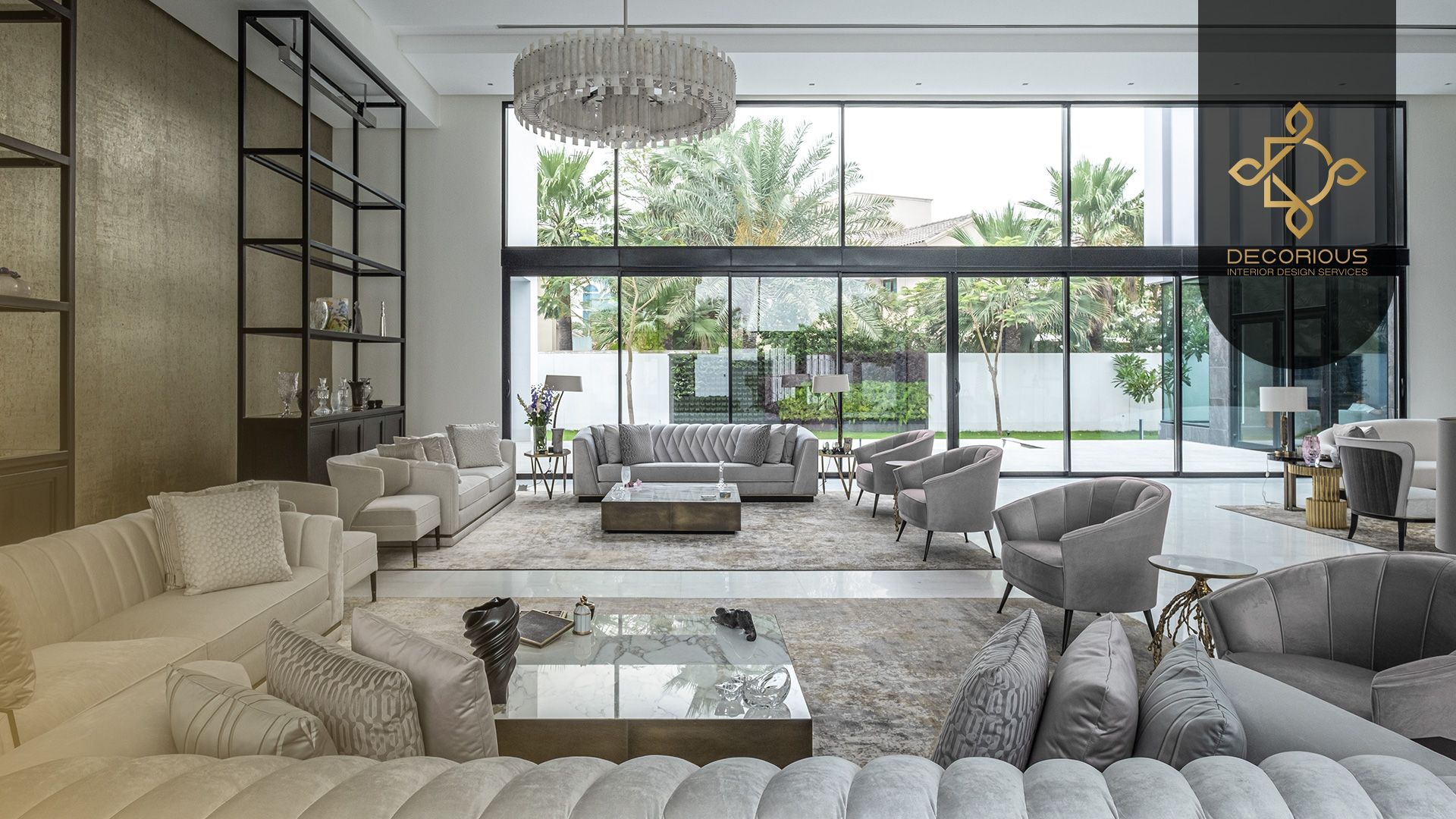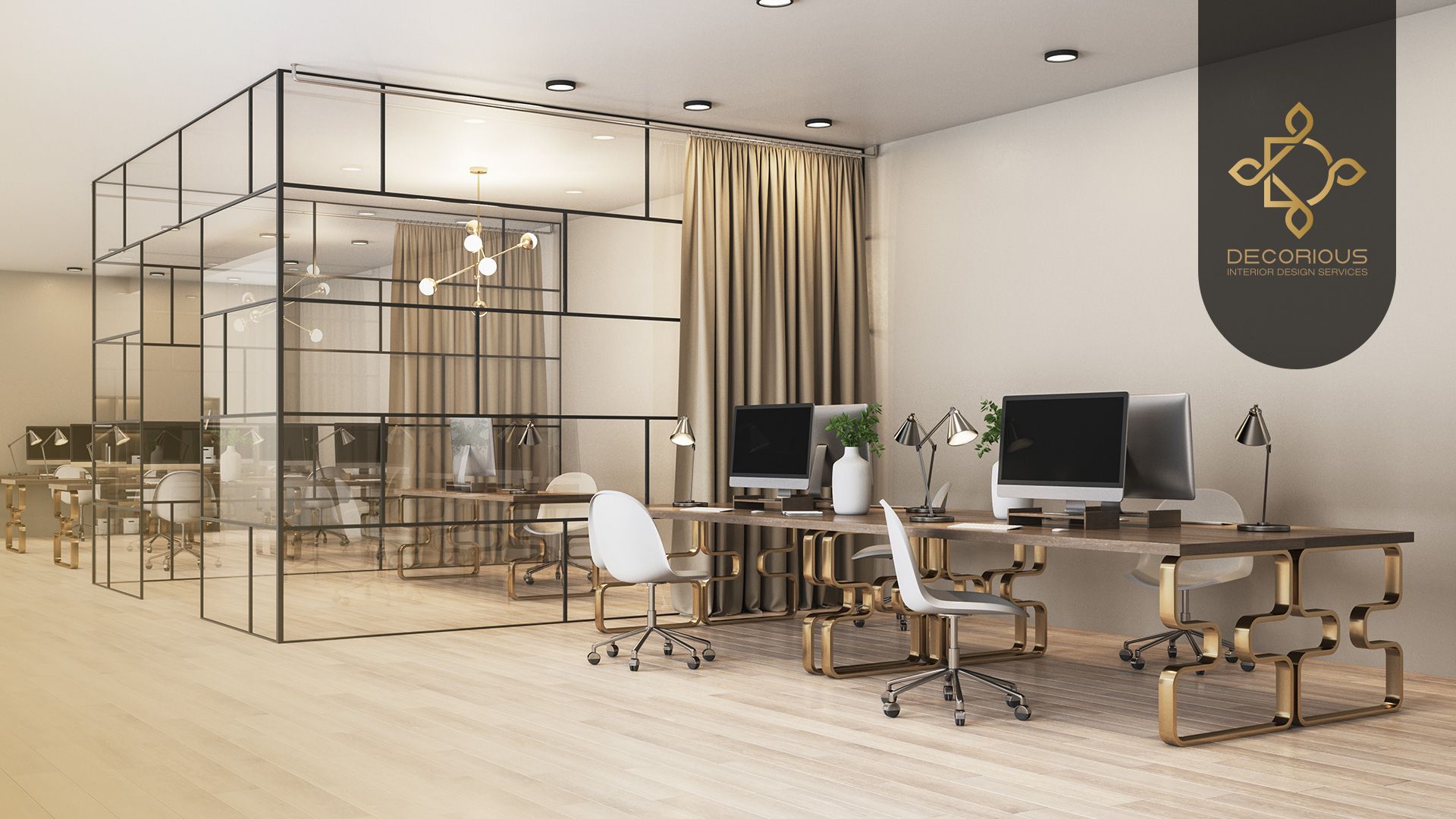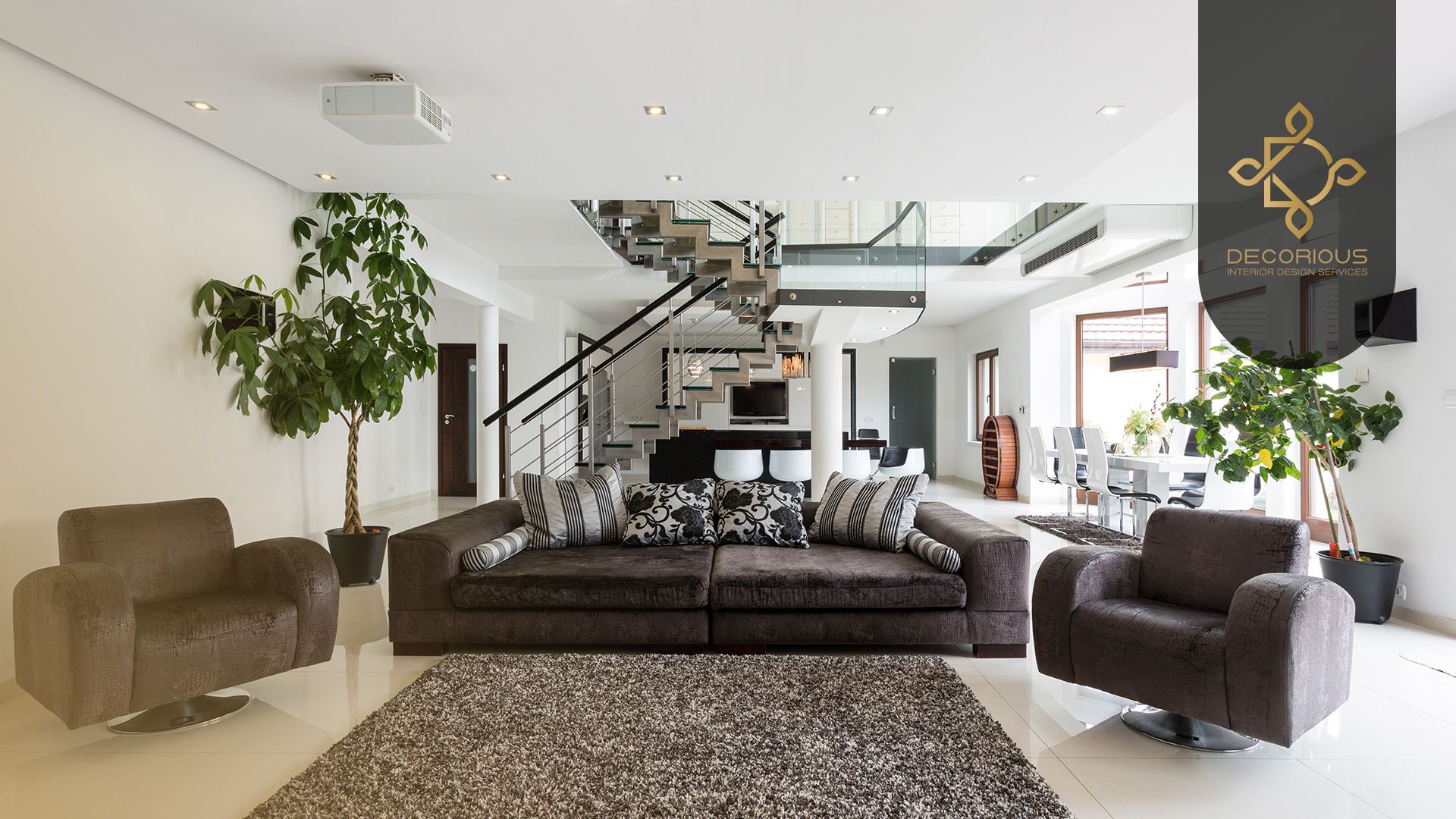
The artificial and technological procedures that we use to develop architectural design—home design and interior design beauty are referred to as architecture design principles.
Architects employ them to achieve their goals, whether they are aesthetic or functional.
In addition to that, architectural principles ensure that certain aspects of design decisions meet certain requirements.
Architectural principles should aid in the establishment of boundaries and priorities without micromanaging how individuals carry out their tasks.
We've gathered a collection of architectural design principles that can be applied to almost any creative endeavor.
All of the architecture design principles mentioned below are constructive, well-articulated, reasoned and testable.
Fundamental Architectural Design Principles Followed by All Architecture Firms in Dubai
When it comes to architectural design, the word "creativity" comes to mind. So, residential architecture firms must deal with the creative side of things.
However, there are several general architectural design concepts that maximize the building's potential.
To be honest, some architects do not adhere to all of them when designing a building. Every architect should be familiar with the fundamentals of architectural design.
A Good Sketch of House Building Design
There is a popular fallacy that architecture is a strictly rational art, based on math and engineering with only a smidgeon of aesthetics thrown in for good measure.
While this may be true in some cases, several architects show that this is not always the case, as evidenced by their drawing work.
Symmetry
The natural world is rich in symmetry. If you draw a line along the center of the human body, you'll notice that our bodies are mostly symmetrical.
Our bodies have two eyes, two ears, and each half of our nose and lips is identical to the other.
This isn't a one-of-a-kind or rare situation. Most animals, as well as most plants and other living beings, are symmetrical in this fashion. This is one of the reasons we feel at ease when we see a symmetrical shapes.
Contrast
Clients who claim a design needs to "pop" more are one of the most prevalent issues designers have regarding client feedback.
While that may appear to be an arbitrary term, the client is implying that the design needs more contrast.
Contrast relates to how distinct parts in a design, especially nearby ones, interact with one another.
Different elements stand out as a result of these distinctions. In order to create accessible designs, contrast is also crucial.
Text material in particular might be difficult to read due to insufficient contrast, especially for persons with visual impairments.
Hierarchy
As an architectural design expert, you may want to place a greater emphasis on one aspect of the design than on others. In a design, there are a variety of approaches to assign hierarchy.
For example, if you make one window larger than the others, the larger window will be more important than the others.
A different shape, color, or location can also persuade people to believe that this architectural feature is more essential.
Hierarchy is vital for guiding the eye around the building and preventing monotony in the design.
Architecture And Interior Design Companies in Dubai Adhere to the Principles
The function of architecture is to clearly describe the essential limitations on the design of a system without prescriptively describing all of the design specifics.
As a result, architectural design principles aid in the establishment of boundaries and priorities without micromanaging how individuals carry out their tasks.
Principles can help people make consistent, informed design decisions by clarifying priorities and restrictions.
The designers at Decorious understand that following these principles can help them make technology decisions that support abstract concepts like corporate goals.








